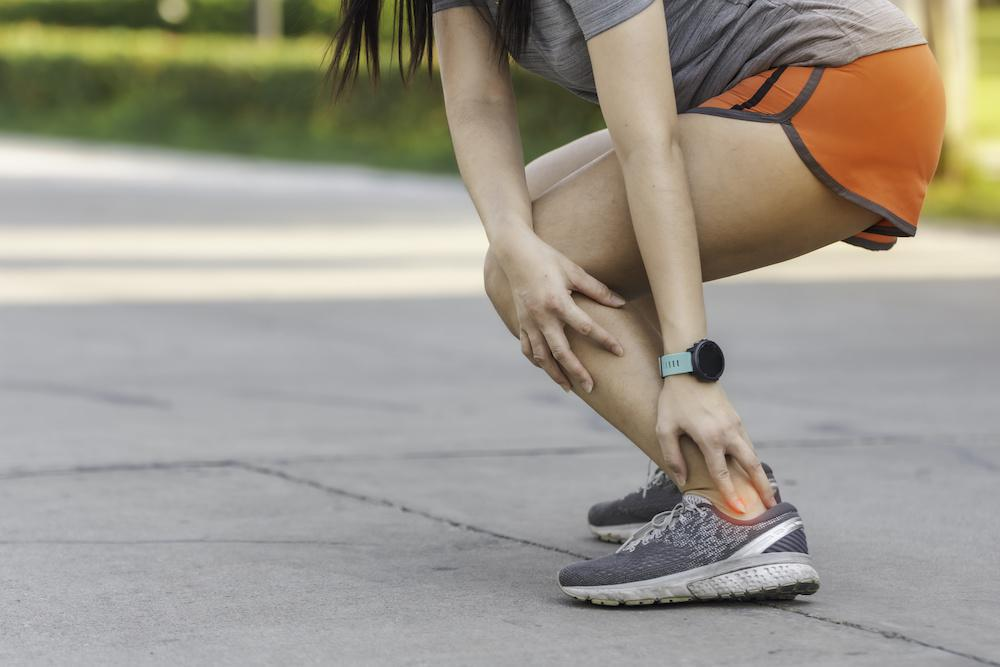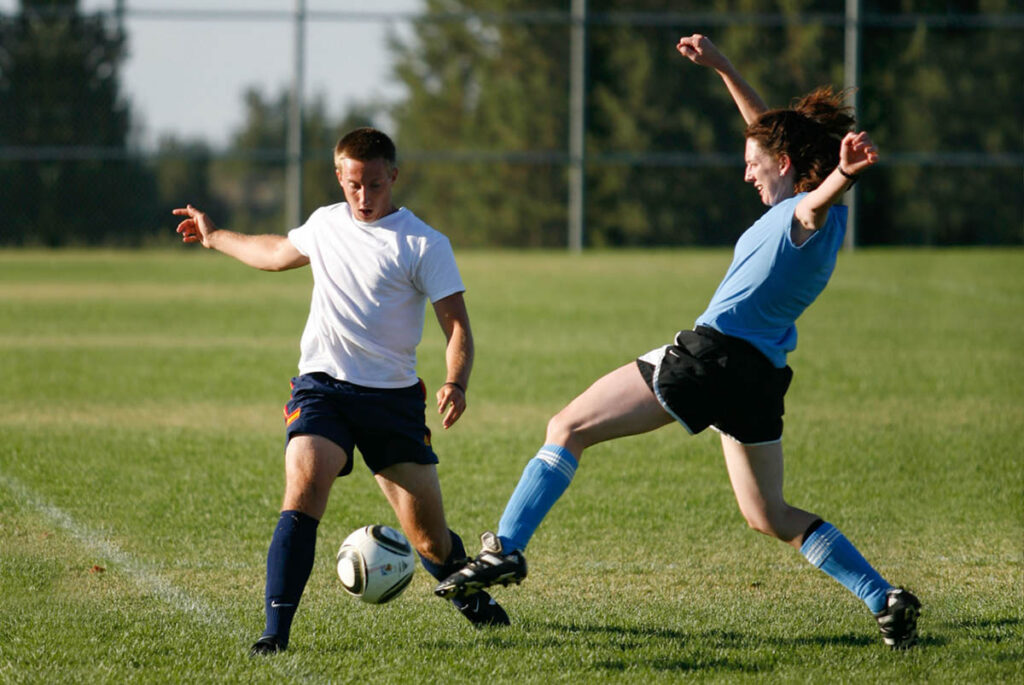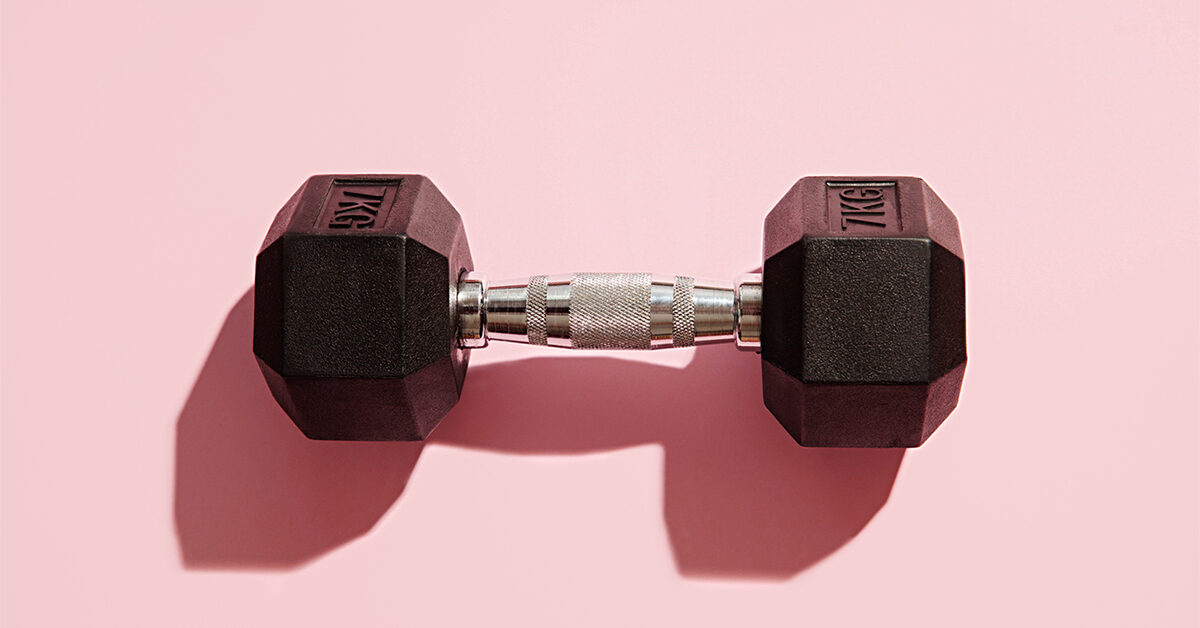Tendons need load!
People sometimes wonder why tendon pain can linger for VERY LONG periods of time, months to years. They come to me frustrated and confused, wondering why “nothing has worked” and that they’ve “tried everything.” Then I usually ask, “have you tried high-intensity loading?” The answer is usually “no.”

Here’s what usually happens when someone gets a tendon injury. It hurts, so they rest, then they might try a few low-intensity exercises and “passive interventions” like massage, dry needling, scraping, etc. It still hurts and they become complacent with it. It might not prevent them from being active, but it definitely will affect their enjoyment and performance.
The key is to strengthen the tendon! How much? However much it takes until the activity we wish to enjoy is no longer painful. We need to keep increasing the load of our rehab exercises until the tendon strength is sufficient.

With any sort of tendon pain, it is vital to incorporate exercises that load the tendon. The natural healing process of the tendon is usually insufficient in order to return to 100% capacity of the tissue.
This might seem counterproductive to the average person because people tend to avoid pain. Not only is avoiding painful movement detrimental to someone’s perception of the movement, but it prevents the strengthening of structures involved in the pain process, like the tendons.

When I say load, I mean “high-intensity” load – I mean HEAVY and SLOW resistance exercises and eventually plyometric (or jumping) exercises. Resistance bands and bodyweight exercises can definitely add load, but usually not enough to stimulate appropriate adaptation and strengthening of the tendon.
If you have tendon pain, new or old, I highly recommend finding a rehab professional who understands this process and won’t waste your time ignoring what really matters, which is the application of load. Loading of the tendon is the main driver of success and progress with a tendon injury.

